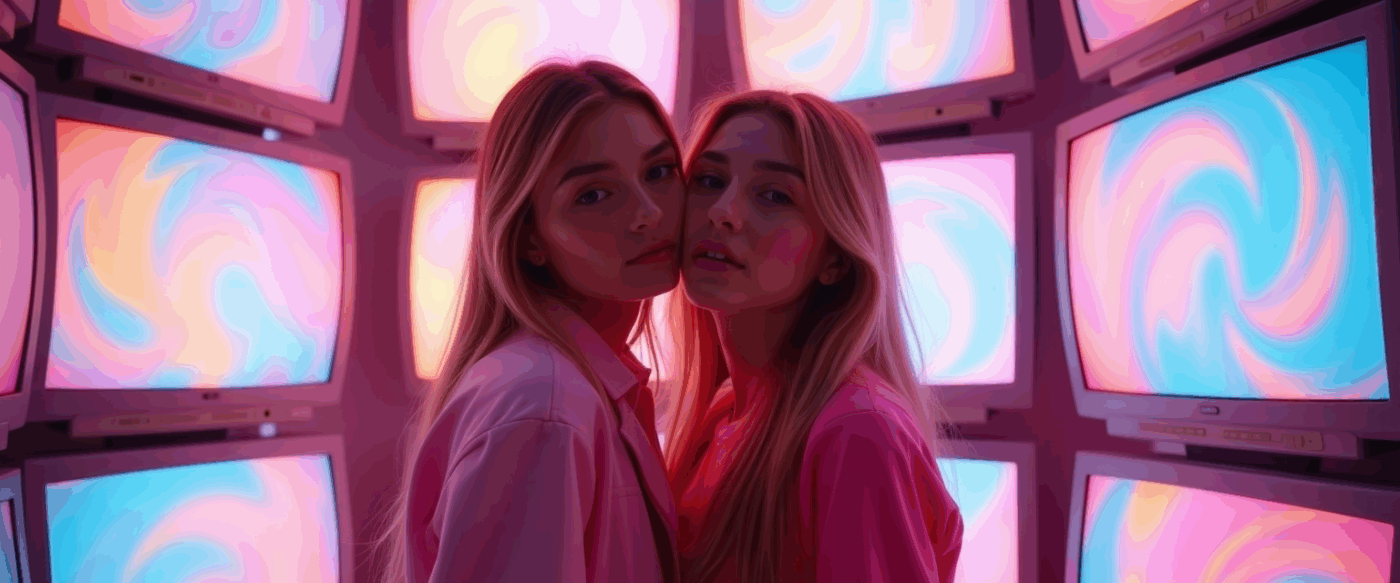The 2000s were a chaotic yet thrilling time for fashion. It was a decade of contradictions: ultra-low-rise jeans and high fashion labels, boho chic and preppy polish, chunky highlights and minimalist aesthetics. But beyond runways and red carpets, some of the most iconic fashion moments of the decade came straight from our TV screens. Teen dramas like The O.C. and Gossip Girl didn’t just reflect the trends — they set them.
The O.C.: California Cool Goes Mainstream
Premiering in 2003, The O.C. dropped viewers into the sun-drenched, affluent world of Orange County teens. But what set it apart was how its characters — especially style queen Marissa Cooper (played by Mischa Barton) and outsider-turned-it-girl Summer Roberts (Rachel Bilson) — became walking trend forecasts.
Marissa’s wardrobe was a mix of boho luxury and laid-back Cali girl chic: think Juicy Couture tracksuits, slouchy handbags, aviator sunglasses, and distressed denim. Her style screamed “effortless,” though clearly curated to perfection. Meanwhile, Summer leaned into more flirty, feminine fits — halter tops, miniskirts, and plenty of rhinestones — becoming an emblem of 2000s party-girl glam.
The boys weren’t left out either. Seth Cohen’s indie-nerd style — layered hoodies, band tees, and Vans — helped popularize an aesthetic that would later morph into the normcore movement. Suddenly, not being cool was cool.
Gossip Girl: Manhattan’s Style Playground
When Gossip Girl debuted in 2007, it immediately positioned itself as the ultimate fashion fantasy. Set on the Upper East Side of Manhattan, it was a love letter to couture — a world of headbands, designer heels, and seasonal collections. Every outfit worn by Serena van der Woodsen (Blake Lively) or Blair Waldorf (Leighton Meester) was a calculated style moment.
Blair reigned as the queen of preppy-chic: knee socks, plaid skirts, structured coats, and the headband — her signature accessory and a symbol of her social dominance. Serena, on the other hand, embodied boho-luxe: flowing fabrics, unexpected layering, and just the right amount of dishevelment. She made downtown grunge meet uptown glam in a way that felt effortless.
Gossip Girl didn’t just showcase fashion — it collaborated with it. Brands clamoured to have their pieces featured. Designers like Marc Jacobs and Tory Burch became household names for teens, and fast fashion chains rushed to replicate the show’s looks overnight. The result? Viewers weren’t just watching a show — they were shopping a lifestyle.
The Legacy: From Screen to Sidewalk
Both shows created blueprints for how television could shape consumer behaviour and influence global trends. Fans didn’t just admire the clothes — they wanted to be the characters. Style blogs dedicated to decoding each episode’s wardrobe exploded, and stores saw surges in sales after certain outfits aired.
More importantly, The O.C. and Gossip Girl foreshadowed the influencer era — characters as aspirational icons with wardrobes curated like Instagram feeds. Their impact still lingers in today’s fashion landscape, where nostalgia for 2000s style is making a fierce comeback.
From Newport’s beaches to New York’s streets, these shows didn’t just reflect the fashion of the 2000s — they defined it.

